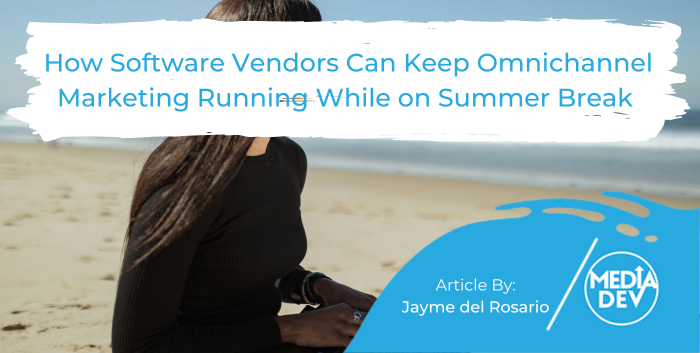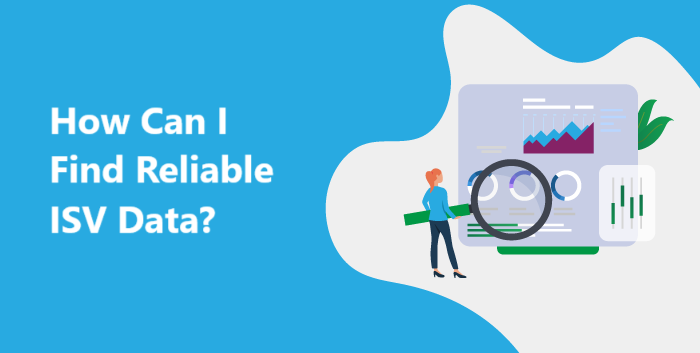Product marketing is a strategic function for any ISV and is supposed to bridge the gap between product management and marketing communications. It is an integral part of bringing a product to market and includes designing the product’s positioning and messaging.
Product marketing aims to drive demand for a product and must ensure that salespeople and end-user customers alike understand it. And while the main role of a product marketing manager is to define the target market and value proposition, when creating product-related assets it’s important that such content not be overly technical.
When creating a viable pipeline of sales opportunities, it’s essential that the buyer journey be supported by content in each phase. As prospects are pushed down the funnel such supporting content should change as your audience is educated and becomes more mature. Many product marketers make the mistake of thinking that content should be entirely product-centric because it’s the features that will entice users to buy. But the fact is that user pain points should be the focal point, especially for top-of-the-funnel buyer personas. No one buys a solution because they think the features are cool; they buy a solution because they need it. What need does your solution aim to fill? Understanding the business drivers that are pushing your buyers to buy is critical so that you can create content that resonates with your target audience.
Here are some other tips to get your product messaging on point.
Remember to K.I.S.S.
With the rise of social media use, dwindling attention spans, and constant daily distractions, it’s useful to remember K.I.S.S., or “keep it simple stupid.” It may sound counter-intuitive (especially for a B2B audience) but experts say that when you speak (or write) at a 9th-grade level, your audience feels more connected to your message. When the message is easy to understand, clear, and to the point, it will have more of an impact than when the message is complex or diluted with too much information. Very often B2B solution briefs are boring. Keep them short and sweet. In fact, by having one key point that you want to highlight per asset, you can create several different pieces of content that can then be leveraged across channels. This will keep your content calendar full of new and interesting nuggets which will help educate your audience over time.
Your Solution will Never be All Things to All People
One of the mistakes we often see is when ISV solution content tries to be all things to all people. Usually what happens is that the messaging winds up being overly vague and general, which leaves the reader frustrated. Avoid “marketing blah blah,” those nice marketing phrases that don’t mean anything to anyone, and hone in on your niche instead (whether that be by industry vertical or the particular job functions of your buyer personas). Creating an infographic can also be a nice touch since it’s a very short and easy to consume asset that does not come off as being overly sales-y.
Save the Whitepaper for Later
Whitepapers are lengthy and technical and should be reserved for a sophisticated audience who is already somewhat far along the buyer journey. In fact, most whitepapers should only be shared with technical decision-makers who come into the discussion rather late in the sales cycle. Such technical decision-makers are usually concerned about the implementation process, what the constraints are, and how the roll-out will impact their team. Is customization required? How will the solution work with existing (legacy) systems? What does the data migration process look like? These questions should be answered for technical decision-makers and influencers alike so that they are reassured about the process and don’t see a future purchase as an obstacle or an additional pain imposed upon them. If your solution will (eventually) make their lives easier, it’s important to explain how. You want the buy-in of the technical team because, at the end of the day, their approval or veto will make or break the sale.
Tap into Video
Short explainer videos are a great way of creating content diversity and can grab the attention of your audience if they are done well. Such videos can be embedded into LinkedIn feeds which will increase your volume of views as people scroll. Many B2B software vendors have the tendency to ignore the importance of short videos and opt for longer ones (including webinars-on-demand). While product demo videos are great, it’s also a good idea to have other options including highlighting customer successes.
Conclusion
Effective product marketing means putting your buyer personas at the center of your content marketing strategy. By having content diversity and keeping in mind the maturity level of your audience, you should be able to educate potential customer as they move down the sales funnel. In order to improve conversion rates, remember to nurture prospects across channels and create messaging that hones in on how your solution specifically addresses user needs.








